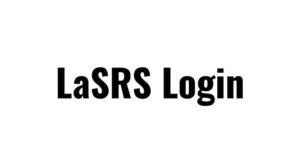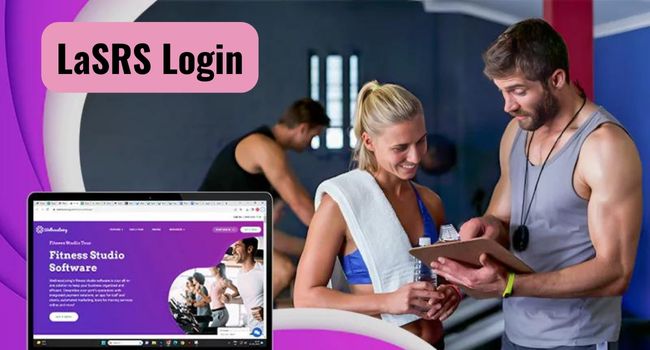As an in-home healthcare provider, you must comply with the federal Cures Act mandate around sharing visit notes with participants. While supporting patient engagement, this requirement adds a documentation burden. Fortunately, Louisiana’s LaSRS portal integrates simple tools allowing providers to meet Cures Act rules when verified through the system. Let’s review what’s needed and how LaSRS facilitates compliance.

Understanding Cures Act Requirements
Effective in 2023, changes to information blocking restrictions under Section 4004 of the Cures Act requires visit notes be shared with receiving participants or authorized caregivers within 24 hours. This improves transparency and coordination but means providers must now provide rapid access.
Rules cover both print and electronic documentation submitted through platforms like LaSRS. Fines and payment cuts apply for non-compliance based on audit reviews. Using integrated compliance aids ensures you avoid violations.
How LaSRS Enables Cures Act Compliance
Louisiana’s web and app-based LaSRS visit verification system helps providers adhere to Cures Act requirements through:
- Auto-sharing visit logs showing services verified and submitted notes.
- Digital availability within participant portal immediately upon submission.
- Custom notifications directing participants to new documentation uploads.
- Robust privacy controls and permissions around viewing providers.
Combined, these integrated tools allow fast, trusted sharing of verified visit records without added reporting work for caregivers.

Best Practices for Compliance
Follow these action items for leveraging LaSRS capabilities to meet Cures deadlines:
- Submit visit notes before closing verification process.
- Double check participant portal visibility after submitting.
- Utilize auto-generated digital sharing to prevent manual efforts.
- Confirm participants enable documentation notifications.
- Verify internal processes meet 24 hour windows.
Avoid supplemental faxing, mailing, or calls to direct to portal views. Rely on system automation instead.
Audit Compliance Routinely
Periodically audit documentation workflows to validate consistent compliance such as:
- Sampling visits to check delays in sharing records
- Verifying notifications and portal views activating properly
- Collecting participant feedback on transparency
- Updating processes addressing any identified gaps
Conclusion
Adjusting existing visit verification protocols to align with new federal Civl Rights data availability rules may feel burdensome initially. But by leveraging integrated compliance aids within Louisiana’s LaSRS platform, providers can meet requirements with minimal workflow disruption. Confirm administrative settings and participant notifications function properly to enable transparent, digital access to visit logs.
